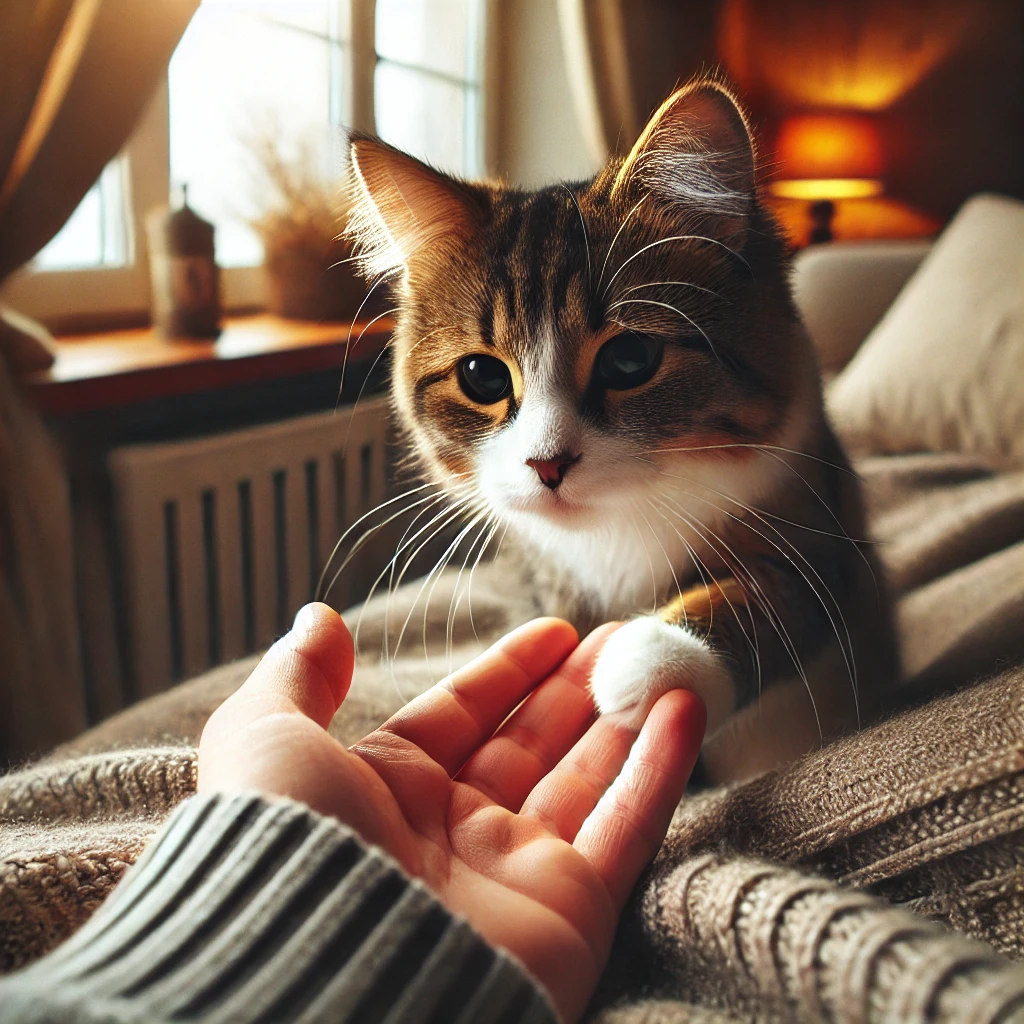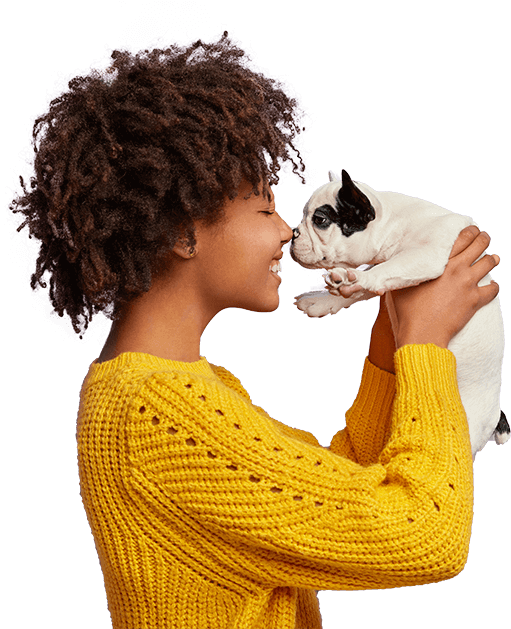How do cats recognize their owner

Cats are known for their independence and unique personalities. Unlike dogs, who are often eager to please, cats can sometimes seem distant or aloof. Despite this, cats can recognize their owners in several ways. Let’s explore how cats know their owners, using simple language and covering all the key ways cats recognize the people who care for them.
Cats can recognize their owners through a variety of senses, including smell, sight, sound, and body language:
1. By Scent
Cats have a very strong sense of smell, which plays a huge role in how they recognize their surroundings and the people around them. A cat’s sense of smell is 14 times stronger than that of humans! Each person has a unique scent, and cats use this scent to identify who their owner is.
- How it works: Cats have scent glands on various parts of their bodies, including their faces and paws. When they rub against you, they are leaving their scent and picking up yours. This exchange helps them bond with you and know that you are familiar to them. When you come home after being away, even if you’re wearing new clothes or have been somewhere different, your cat can still pick up your unique scent.
- What it means to the cat: Your scent gives your cat comfort. It tells them that you are safe and someone they can trust. That’s why cats often rub against their owners, sit on their laps, or sleep on their belongings, such as clothes or blankets.
2. By Voice
Cats can recognize their owner’s voice. Even though cats may not always respond when called, they do know when their owner is speaking to them. Research has shown that cats can distinguish their owner’s voice from the voices of strangers.
- How it works: Cats have sensitive hearing, and they are able to pick up on the tone, rhythm, and pitch of their owner’s voice. Over time, your cat will associate your voice with comfort, food, and affection.
- What it means to the cat: When you talk to your cat, they feel reassured because your voice is familiar. While they may not always come when called, they know it’s you speaking, and that familiarity is important to them.
3. By Appearance
Cats are more visual than we often give them credit for. Although their eyesight is not as sharp as that of humans, they can still recognize the outline, movements, and even facial features of their owner.
- How it works: Cats pay attention to how their owners move, their facial expressions, and even their walking style. While a cat may not recognize their owner in a photo, they can definitely tell who you are in person based on these visual cues.
- What it means to the cat: Your movements and appearance are familiar and comforting to your cat. If you move in a way that’s different, like wearing a hat or walking differently, your cat might take a little time to adjust and figure out it’s still you!
4. By Routine
Cats are creatures of habit. They love routines and often depend on them for their comfort. Cats recognize their owners not only by scent, sound, and appearance but also by the daily routines they share.
- How it works: Cats pay close attention to their owner’s habits, such as when you feed them, play with them, or clean their litter box. Your cat will quickly learn your schedule, even anticipating when you will wake up or come home from work.
- What it means to the cat: A consistent routine helps your cat feel secure. When your cat expects you to be around at certain times and you show up as usual, it builds their trust and recognition of you as their caretaker.
5. By Touch
Touch is another important way that cats recognize their owners. Cats enjoy being pet in certain areas like their head, neck, and back, and over time, they come to associate these touches with specific people.
- How it works: Cats learn to recognize the way their owners touch them. This includes the pressure, speed, and areas where they are most often pet. If someone new tries to pet your cat the same way, it may take time for the cat to get comfortable because they don’t recognize the touch.
- What it means to the cat: Cats form bonds with their owners through regular petting and physical affection. When you pet your cat in a way they enjoy, it reinforces their connection to you, making them feel more familiar with and trusting of you.
6. By Emotions
Cats are very sensitive to the emotions and moods of their owners. While they may not show it in the same way dogs do, cats can tell when their owners are happy, sad, or stressed.
- How it works: Cats pick up on subtle changes in your behavior, voice, and even your body language. If you are feeling upset, your cat may stay close to offer comfort, or they might react differently when you’re in a good mood by being more playful or affectionate.
- What it means to the cat: Cats often mirror their owners’ emotions. When you’re calm and relaxed, your cat will likely feel the same way. This emotional bond helps your cat recognize you as a safe and trusted presence in their life.
7. By Time Spent Together
The amount of time spent with a cat plays a huge role in how well they recognize their owners. Over time, a cat learns everything about their owner—from their scent to their routine to their emotional patterns.
- How it works: When a cat spends time with their owner, they learn what to expect from them. This builds familiarity and trust. The more time you spend interacting with your cat, the stronger this bond becomes. Cats recognize their owners after being separated.
- What it means to the cat: For a cat, spending time with their owner is an important way to form a bond. Whether it’s through feeding, playing, or just sitting together, the more time you spend with your cat, the more they recognize and trust you.
8. Memory and Familiarity
Cats have excellent long-term memory. Once a cat learns who their owner is, they are unlikely to forget, even after long periods apart. This is why many cats still recognize their owners even if they’ve been separated for weeks or months.
- How it works: Cats remember important people, places, and events that have a strong impact on their lives. This includes their owners, whom they rely on for food, comfort, and care. Even if the environment changes, such as moving to a new home, cats will still recognize their owners due to these memories.
- What it means to the cat: A strong memory of their owner helps cats feel secure. Even if you go on vacation or move houses, your cat will still recognize you when you return, thanks to their strong memory and attachment to you.
Cats are more likely to remember people based on their experiences with them. For example, if you’re the one who feeds your cat, plays with them, and gives them love and attention, they’re more likely to remember you.
Many cats take months or even years to form a strong bond with their favorite humans.
In summary, cats recognize their owners in many different ways. They rely on their keen sense of smell, hearing, sight, and touch to identify the people they trust. They also remember routines and emotions, which further solidifies their bond with their owners. Over time, the relationship between a cat and its owner becomes one of familiarity and trust, built on consistent care, affection, and attention.
Though cats may seem more independent than other pets, they still form strong connections with their owners. Whether through scent, voice, or shared experiences, cats come to recognize their humans as important figures in their lives. So, even if your cat doesn’t come when called, rest assured—they know who you are and appreciate the care you give them!





